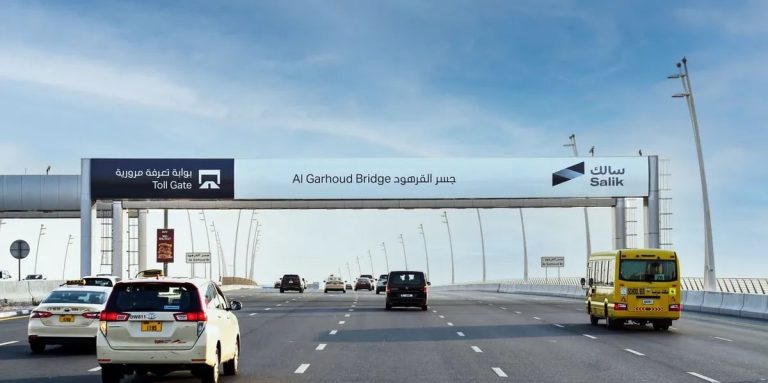How to Avoid Speeding Fines Following Abu Dhabi’s New Speed Limits

Motorists in Abu Dhabi are encouraged to adjust their driving habits following the recent reduction of speed limits on major roads.
These changes are designed to improve road safety and decrease serious traffic accidents throughout the emirate. If you often drive in Abu Dhabi, here are key updates to help you remain compliant with the new limits.
For more updates, connect with us on WhatsApp!
In April, authorities implemented new speed limits on two prominent highways:
- Sweihan Road (E20): Speed limit reduced from 120 km/h to 100 km/h.
- Sheikh Khalifa bin Zayed International Road (E11): Speed limit lowered from 160 km/h to 140 km/h.
These adjustments are part of Abu Dhabi’s ongoing road safety strategy, particularly targeting high-speed areas with increasing vehicle volumes.
Key Points to Remember
- No Speed Buffer: Unlike other emirates, Abu Dhabi does not allow a 20 km/h speed buffer. If the limit is 100 km/h, driving at 101 km/h can lead to automatic fines from speed cameras.
- Pay Attention to Road Signs: Be vigilant about road signs indicating speed limits. A blue circular sign denotes the minimum speed, while a white circular sign indicates the maximum.
- Use Navigation Apps: Apps like Google Maps and Waze can alert you to current speed limits and notify you when you exceed them. Enabling audio alerts can help prevent fines as you approach speed cameras.
- Drive Responsibly: Avoid aggressive driving behaviors, such as tailgating or sudden lane changes. These actions not only increase the risk of fines but also heighten the chances of accidents.
By staying informed and adjusting your driving habits, you can help ensure safer roads and avoid unexpected penalties.
Follow us on Facebook for the latest updates!
Read more
Gulf News







